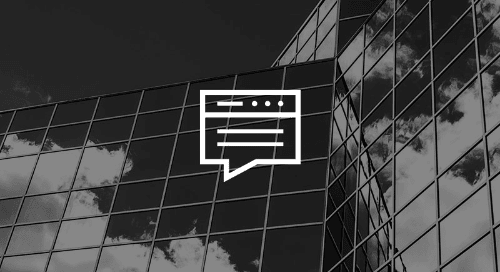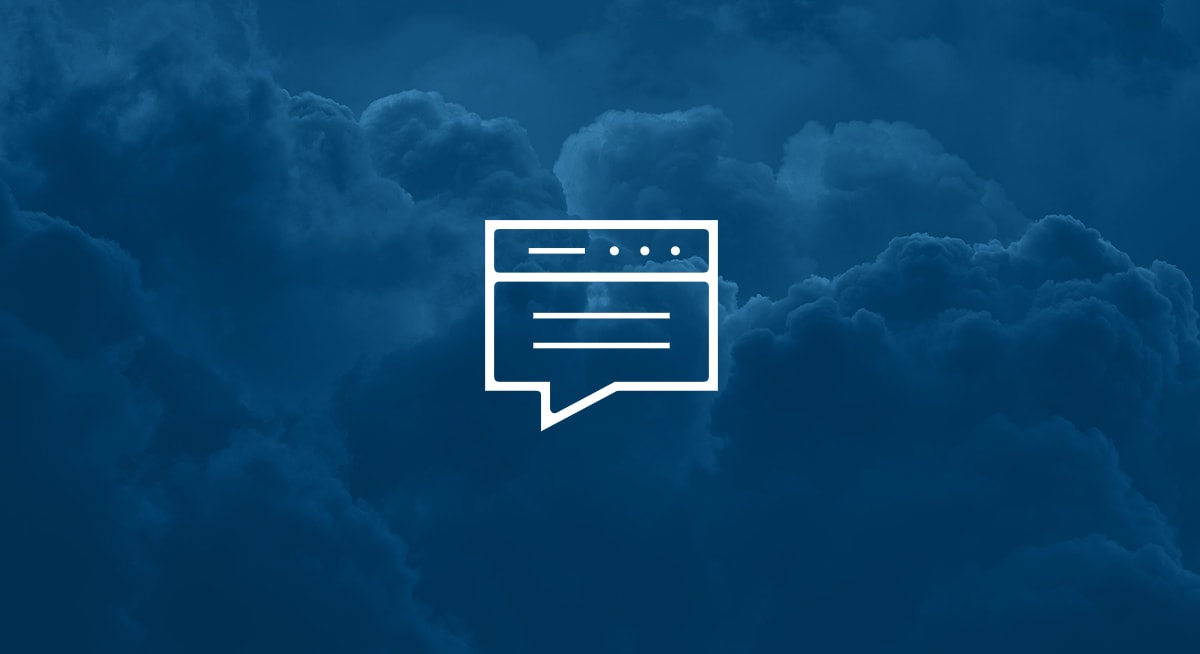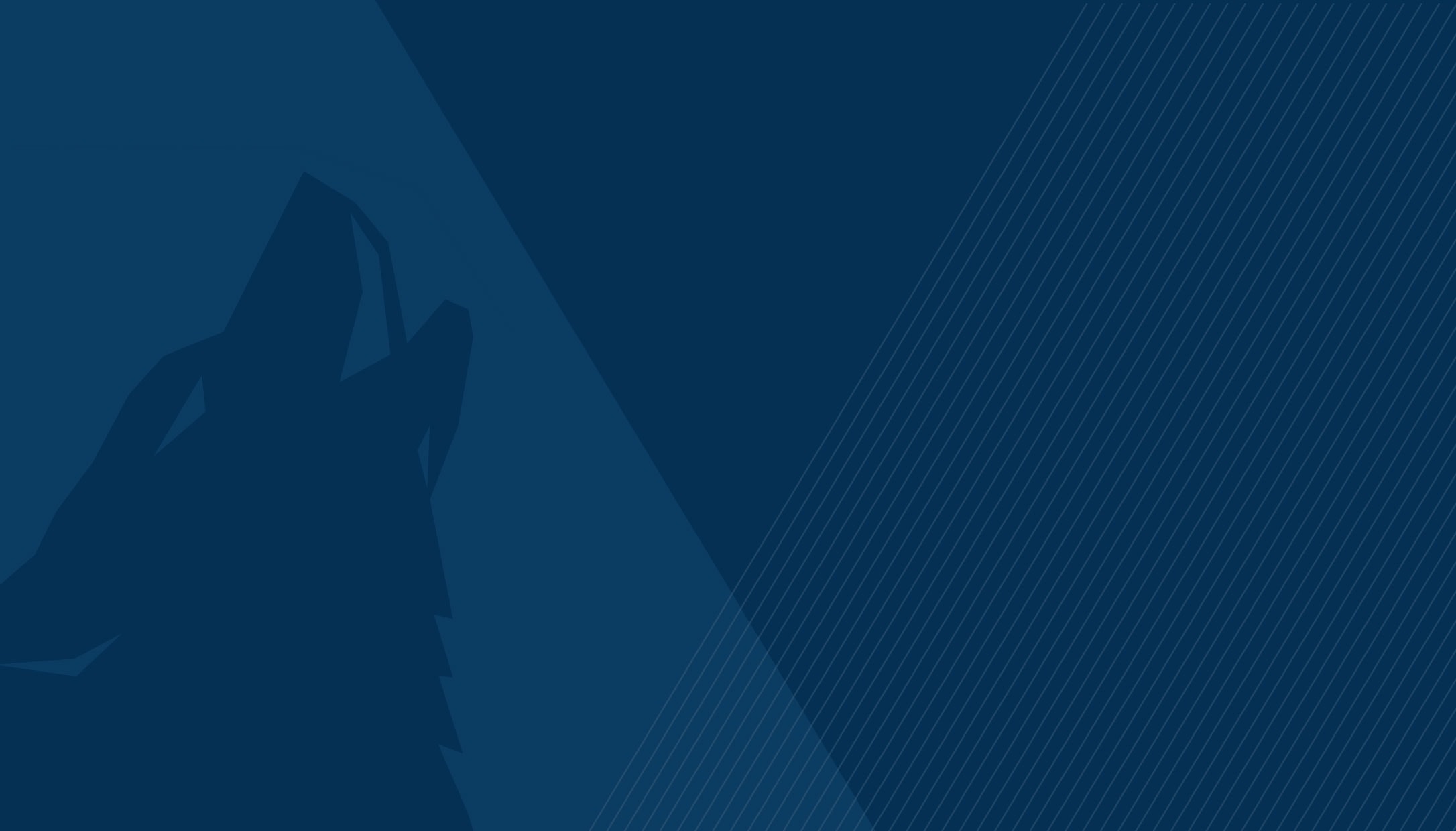For good reason, businesses continue to move critical applications and storage from on-premises to the cloud. The promise of the cloud as an IT infrastructure resource that delivers high performance, on-demand scalability and availability is perfect for today’s workforce, whether employees are at the office, traveling, or work remotely. This is true no matter what type of cloud solution—public, private, or hybrid—your enterprise uses.
However, you can’t just make the switch to the cloud and call it a day. That’s why cloud monitoring is so important. With cloud monitoring, you can track the performance of your cloud to ensure you optimize its potential, while also keeping your company, data, and users protected.
What Is Cloud Monitoring?
Cloud monitoring is exactly what it sounds like—it’s a system for near-real-time monitoring of cloud resources and user actions to ensure everything works as it should. Automated tools and techniques are often used to monitor and confirm the performance and security of cloud-based apps, servers, and other infrastructure.
Cloud monitoring helps you track:
- Public cloud storage
- Software-as-a-service (e.g., Microsoft 365)
- Platform-as-a-service (e.g., Google App Engine)
- Infrastructure-as-a-service (e.g., Amazon Web Services)
- Internal corporate clouds
By using technology and automation to continually monitor the use of your clouds, you can add security monitoring controls to anticipate vulnerabilities and respond to security incidents faster.
What Are the Different Types of Cloud Security Monitoring?
There are three primary types of monitoring involving cloud cybersecurity:
- Cloud infrastructure monitoring helps you monitor your cloud infrastructure resources while detecting any unauthorized access and misuse of your networks, apps, and resources on services like Amazon Web Services and Microsoft Azure.
- SaaS application monitoring lets you monitor and detect any malicious user activity or data exposure that takes place on SaaS applications like Microsoft 365, SalesForce, G Suite, and Box.
- Security services monitoring allows you to monitor security events related to user single-sign-on and malicious endpoint activity with security service providers like Okta and Cylance.
Why Is Cloud Security Monitoring So Important?
The cloud delivers benefits like faster deployment, lower costs, and seamless scalability. But it can also increase an organization’s risk of a cybersecurity incident.
According to ISC²’s 2019 Cloud Security Report, one in four (28%) IT leaders surveyed reported a cloud security incident in the past 12 months, with data exposure (27%), malware infections (20%) and compromised accounts (19%) topping the list of incidents.
Meanwhile, as workloads and infrastructure continue to migrate to the cloud, companies struggle to manage it all.
For day-to-day protection of cloud workloads, IT leaders report:
- Struggling with compliance (34%)
- A lack of visibility in infrastructure security (33%)
When it comes to threats, IT leaders worry about:
- Unauthorized access (42%)
- Insecure interfaces (42%)
- Cloud platform misconfiguration (40%)
- Account hijackings (39%)
With cloud security monitoring, you get the visibility and coverage you need to ensure your cloud resources are as well protected as your on-premises applications, resources, and infrastructure.
What Are Best Practices for Monitoring and Securing the Cloud?
There are a number of things you can do to increase the success of your cloud security monitoring program:
Centralize and Automate
With enterprises relying on dozens of different cloud services, it can be impossible for overstretched IT security staff to manually keep track of the comings and goings on each one. Cloud monitoring from Arctic Wolf® provides visibility into all your on-premises and cloud resources in one centralized location. Log data is aggregated in real-time, 24×7, so that you have complete visibility into activity across all your attack surfaces.
Meanwhile, our Concierge Security® Team helps you detect and respond to potential security incidents such as unauthorized access, data loss, and API abuse so you can ensure your cloud applications remain safe and secure.
Understand Your Responsibility
Every provider will have its own security responsibilities. The last thing you want to do is skip over something because you thought your cloud provider was taking care of it. Carefully review their processes and tools so you ensure all your security angles are covered.
Monitor the Right Things
Attacks can come from anywhere. Use this checklist to ensure activities are always monitored across the cloud:
User and Administrator Access
- Login successes and failures
- Logins by time and location
- Logins by device type and attributes
- Repeated login failures followed by login success
- SSO activity, AD activity
- Administrator Behavior
- Repeated user and/or data deletions
- Addition of privileged users
- Changes to network permissions
- Changes to audit logging configuration
- Changes to policy controls
- User Behavior
- User file activity (download, delete, print, copy, move)
- Sharing files with external collaborators
- Creating open/shared links (public access)
- Unauthorized/untrusted mobile device activity
- Network traffic activity
- Third-Party API Access
- Changes to API access permissions
- Auth certificate activity
- Auth token activity
Gain Visibility and Ensure Security in the Cloud with Arctic Wolf
With comprehensive cloud monitoring included as part of Arctic Wolf’s security operations, you get 24×7 visibility into the security posture of both your on-premises network and your cloud services. Arctic Wolf utilizes hybrid AI and the security operations expertise of its Concierge Security Team to detect and respond to advanced attacks with 10x better accuracy, helping to minimize the impact of attacks on your business.
As you continue to expand into the cloud, make sure you keep each new attack surface as protected as your traditional on-premise network infrastructure.
Download our white paper Cloud Security: Combat Threats to Your SaaS-Powered Business to learn more about:
- Unique security concerns that come with the cloud
- The most common threats to SaaS applications
- How SOC-as-a-service can help you secure your data both on-premise and in the cloud





